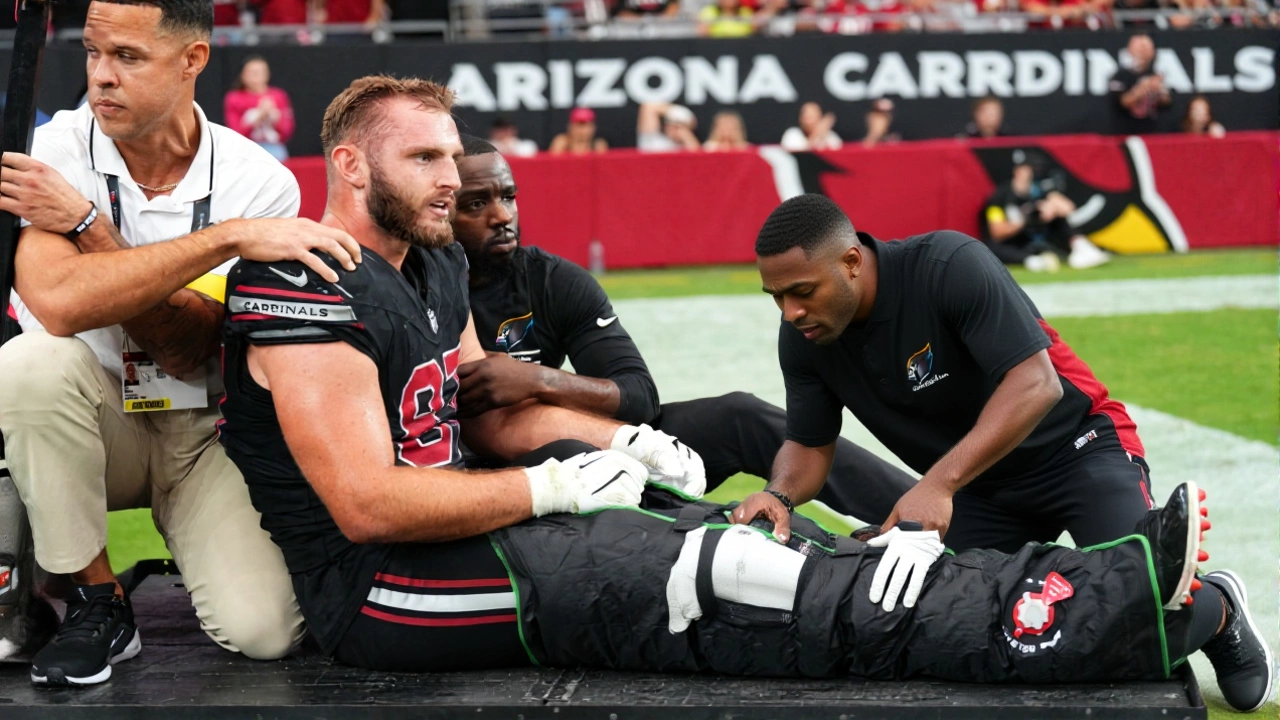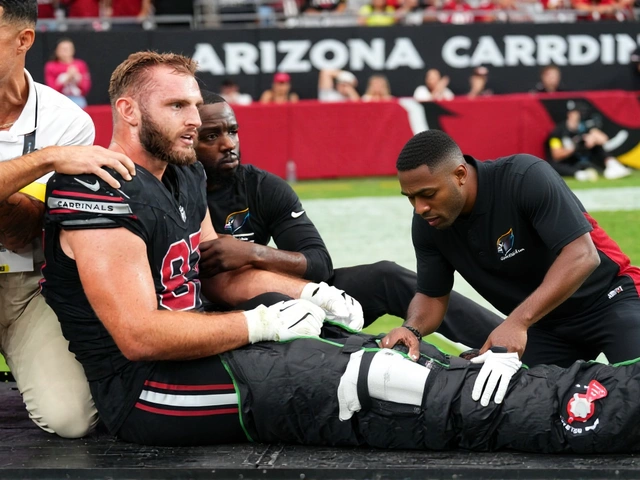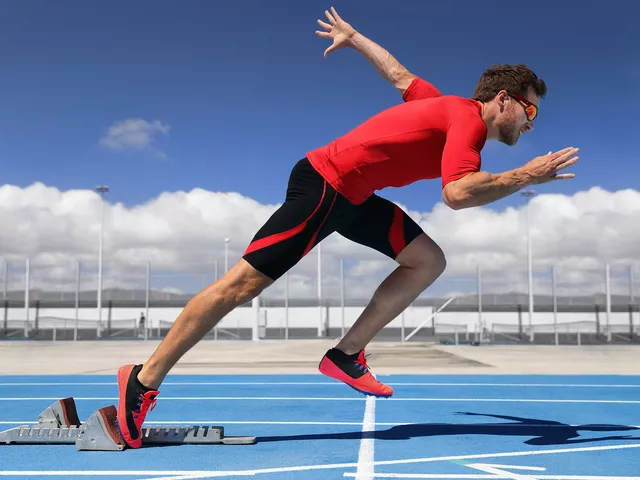Ankle Injury: Prevention, Treatment, and Recovery for BMX Riders
When dealing with Ankle Injury, a sprain or fracture of the joint that connects the foot to the leg, often seen in high‑impact sports. Also known as ankle sprain, it can sideline a rider for weeks if ignored. In the world of BMX, bicycle motocross, a sport built on jumps, tricks, and fast‑paced racing, the ankle bears repeated shock from landings and rapid direction changes. Proper rehabilitation, a structured program of exercises, therapy, and rest designed to restore joint function is essential for a quick comeback. Many riders also rely on a supportive ankle brace, gear that limits harmful motion while the tissue heals, to keep the joint stable during early training phases. Finally, incorporating strength training, targeted exercises that build muscle around the ankle and improve balance, reduces the odds of a repeat injury. Together these elements form a comprehensive approach to staying on the track.
Why BMX Riders Are Prone to Ankle Injuries
BMX demands explosive power for take‑offs and precise control for landings. Each jump slams the ankle with forces up to three times body weight, and a misaligned landing can twist the ligaments in a split second. Overuse from daily practice adds micro‑damage, making the joint vulnerable even without a big crash. The combination of high impact, rapid ankle rotation, and repetitive stress creates a perfect storm for sprains, ligament tears, or even fractures.
Prevention starts before you even step on the bike. A thorough warm‑up that includes dynamic stretches for the calves, shins, and foot arches prepares the joint for sudden loading. Strength training focused on the tibialis anterior, gastrocnemius, and peroneal muscles builds a supportive muscular cuff around the ankle. Wearing shoes with a stiff sole and a snug fit helps align the foot and reduces unwanted flex during landings. Many riders also strap on an ankle brace during practice sessions; the brace limits extreme inversion while still allowing enough movement to pedal efficiently.
When an injury does occur, the first response follows the RICE protocol: Rest, Ice, Compression, and Elevation. Rest stops further damage, while ice curbs swelling within the first 48 hours. Compression with an elastic wrap and elevating the leg above heart level promotes fluid drainage. After the acute phase, a medical evaluation confirms the injury’s severity—whether it’s a Grade I sprain that heals in a week or a more serious tear requiring imaging and possibly immobilization.
Professional rehabilitation then guides the recovery. Early sessions focus on gentle range‑of‑motion exercises to keep the joint from stiffening. As pain subsides, progressive loading introduces balance drills, proprioceptive training, and light resistance work. Physiotherapists often introduce band exercises that mimic the forces experienced during a BMX landing, ensuring the ankle adapts to real‑world demands. The goal is to rebuild strength, restore proprioception, and re‑establish confidence in the joint.
Returning to the track isn’t just about feeling better; it’s about meeting clear criteria. Riders should demonstrate full, pain‑free range of motion, at least 90% of pre‑injury strength, and stable balance on single‑leg hops. A graded return‑to‑ride protocol starts with short, low‑intensity runs, gradually adding jumps and higher speeds as the ankle proves its resilience. Skipping these steps often leads to re‑injury, which can set back progress dramatically.
By understanding the causes, applying smart prevention tactics, and following a disciplined treatment plan, BMX athletes can reduce downtime and get back to the thrills faster. Below you’ll find a curated set of articles that dive deeper into each aspect—from detailed warm‑up routines and brace selection guides to rehab exercises and return‑to‑ride checklists. Use them as a toolbox to keep your ankle strong and your rides uninterrupted.

Cardinals TE Tip Reiman Carted Off with Ankle Injury vs. Titans
- Date: 6 Oct 2025
- Categories:
- Author: Declan Rutherford
Tip Reiman was carted off with a serious ankle injury during the Cardinals' Week 5 loss to the Titans, leaving his recovery timeline uncertain.




